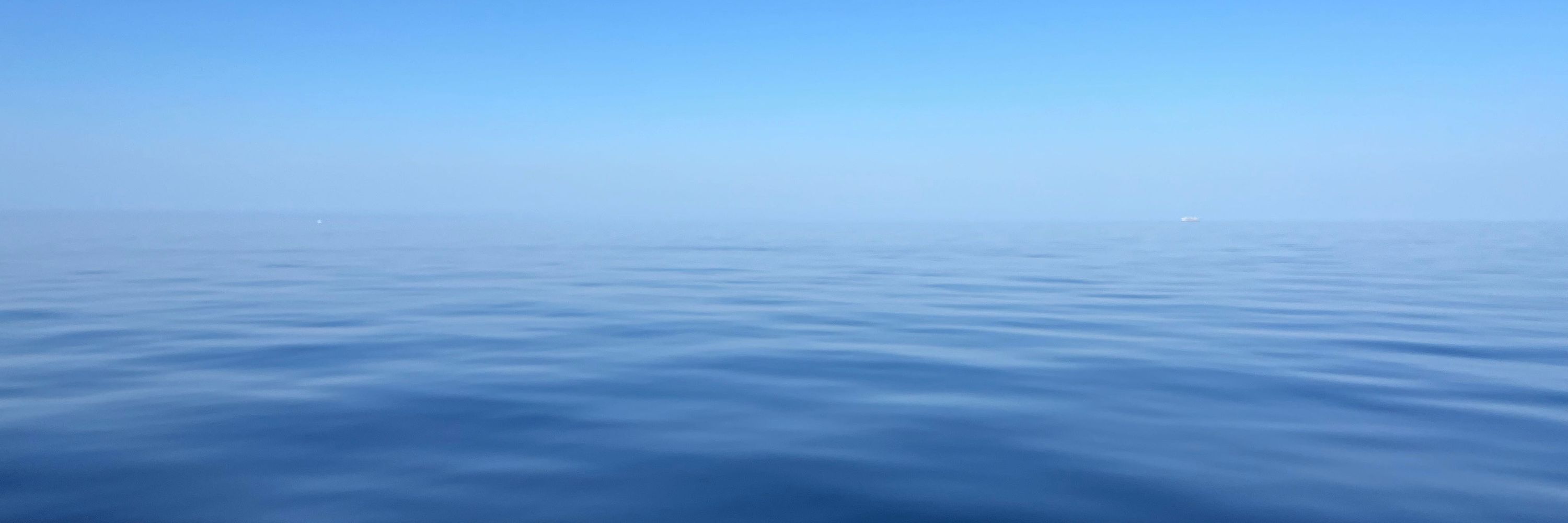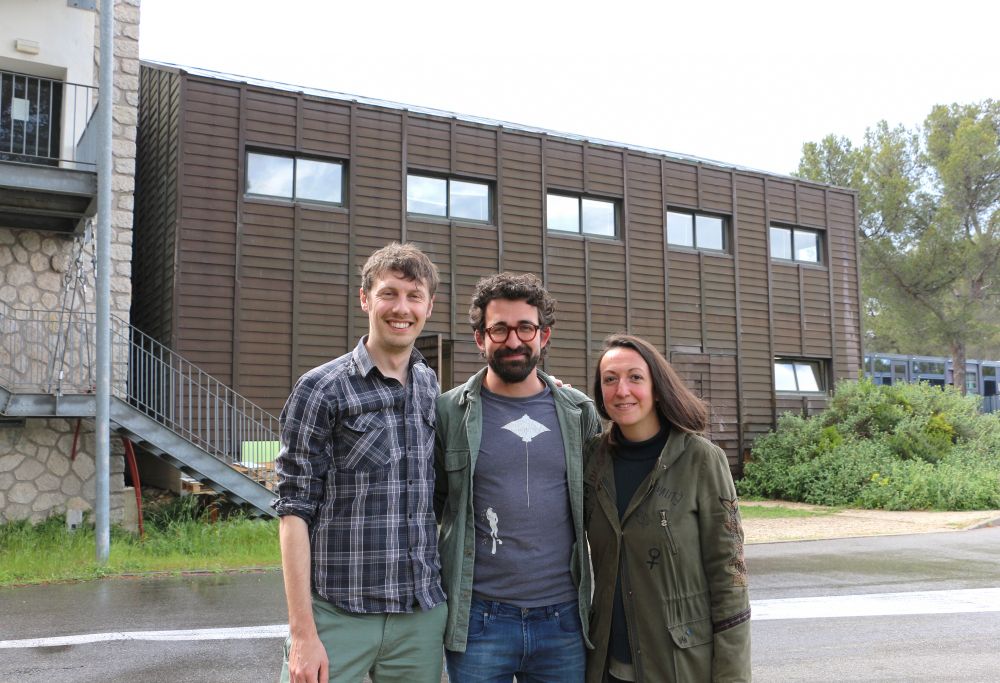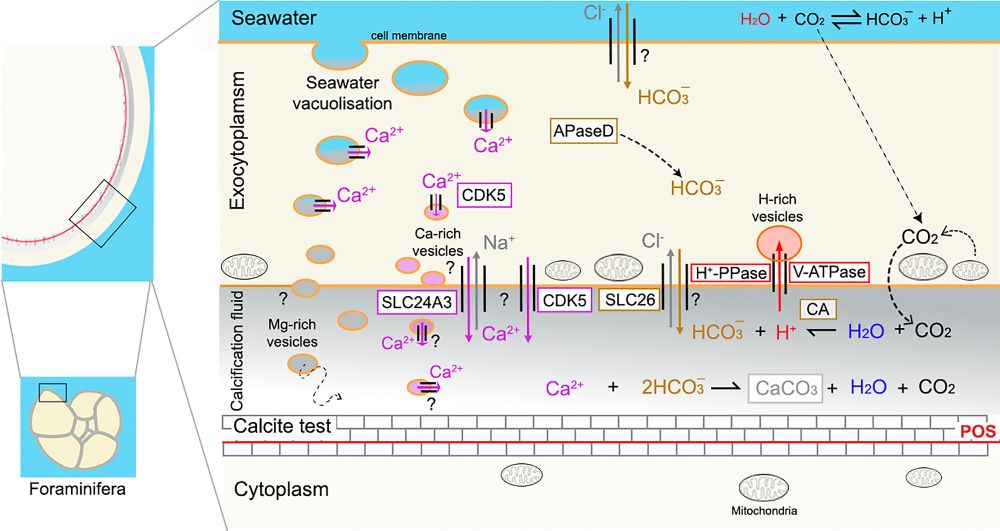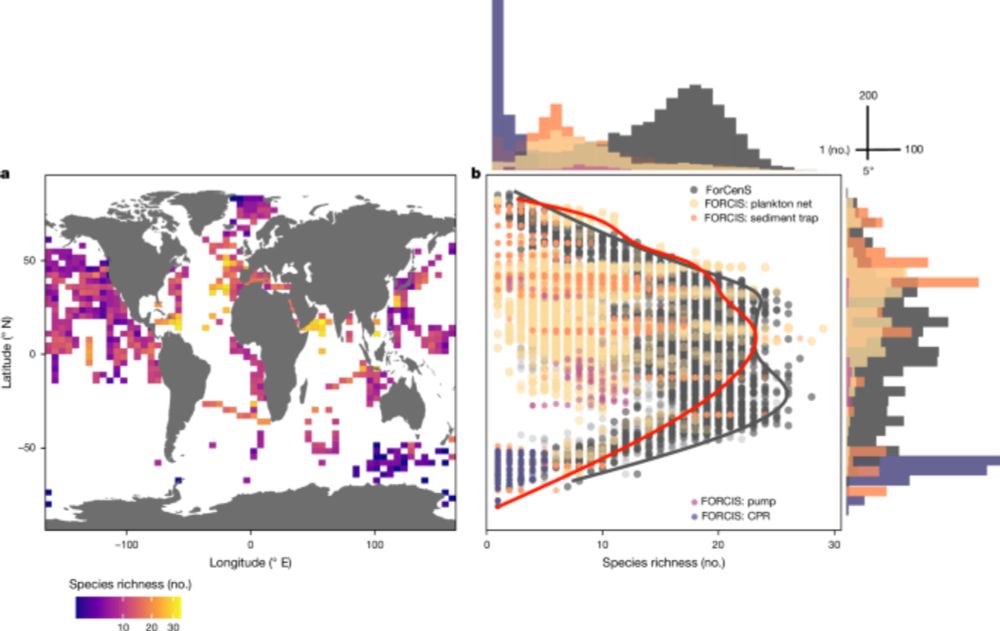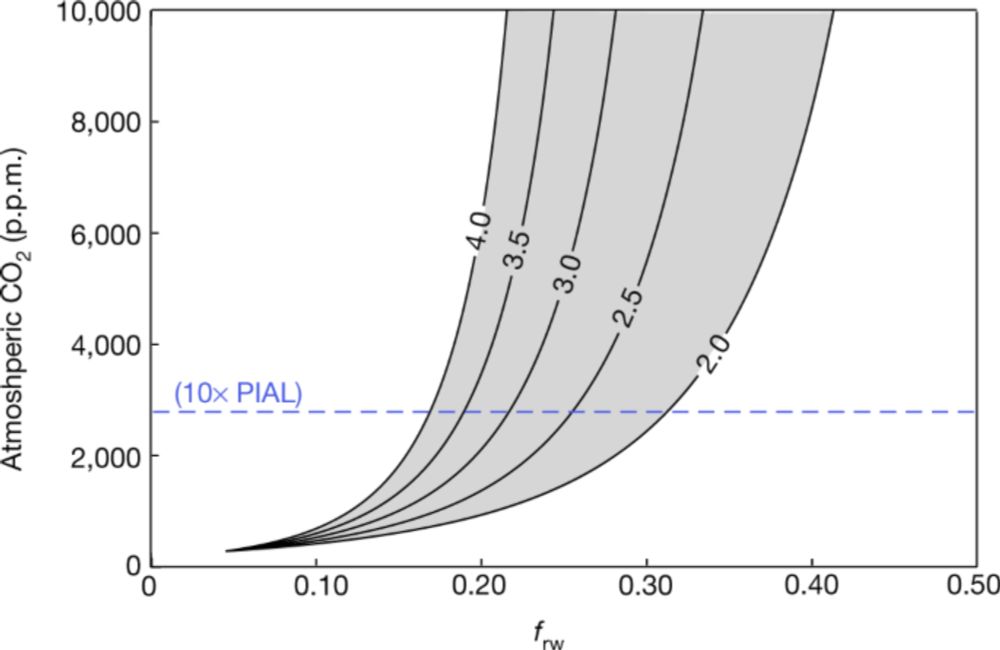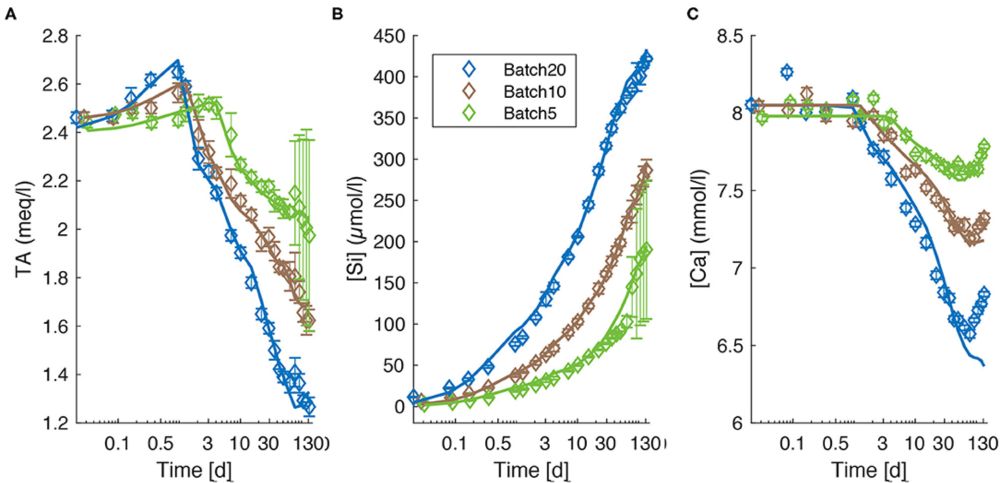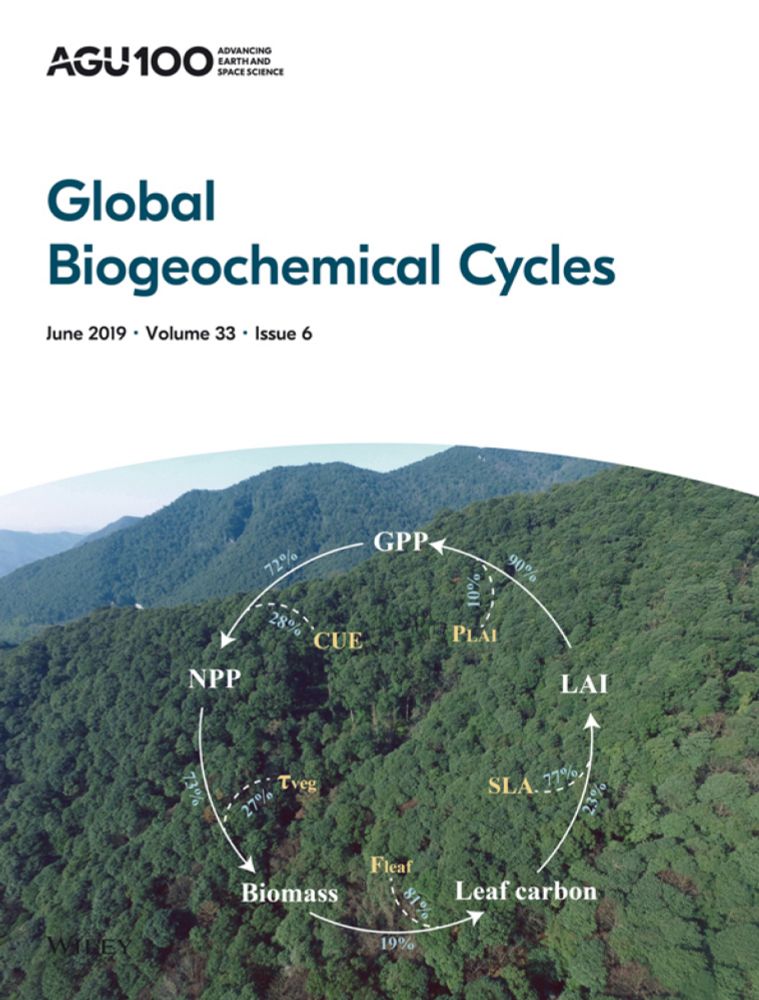Olivier Sulpis
Ocean scientist at CNRS / @exoceanlab.bsky.social / deep-ocean biogeochemistry in the Anthropocene / CO2 neutralization / Marseille
- Our brand new lab of experimental ocean sciences now has its own Bluesky account! Follow to know what we, our colleagues and students are up to ⬇️🌊
- 🚨Hello world!🚨We'd like to introduce you to our new laboratory for "experimental ocean science", ExoCean (C is for carbon). We are three researchers teaming up to work on culturing, dissolving, & measuring marine samples. @juliemeilland.bsky.social, @sulpis.bsky.social & @chalkyoceans.bsky.social.
- 🚨Postdoc Offer🚨 Fully funded 2-year research position at Paris or Aix-en-Provence: your choice! The project aims to predict OAE feedbacks and environmental impacts in the ocean interior, in particular at the seabed. See job ad : nuage.osupytheas.fr/s/4zMfHFZ8S2... Please share widely! ⚛️
- [Not loaded yet]
- You have until December this year to get your degree, not too late!
- Come work with us at CEREGE, in Provence, for a position at the intersection of science, communication and management!
- @sulpis.bsky.social, @chalkyoceans.bsky.social and I are hiring a project officer and communication manager to handle the communication of our ERC projects and help us with the French administrative procedures at @cerege.bsky.social. You can find the job offer here: emploi.cnrs.fr/Offres/CDD/U...
- Eye-opening new paper by Fiorella Prada et al., describing proteins involved in "active Ca2+ trafficking": Proteomic characterization of a foraminiferal test’s organic matrix 🐚 With implications about paleoproxies and foram response to climate change... www.pnas.org/doi/abs/10.1...
- 🌊 New study led by @soniachaabane.bsky.social shows how planktonic Foraminifera have entered the Anthropocene. 🐚 Also featured in The Post: www.washingtonpost.com/climate-envi...
- 🌊📉 New Paper Alert! "Migrating is Not Enough for Modern Planktonic Foraminifera in a Changing Ocean" published Open Access in Nature🧵👇 Me & @tdegaridel.bsky.social @juliemeilland.bsky.social @sulpis.bsky.social @chalkyoceans.bsky.social and others www.nature.com/articles/s41...
- [Not loaded yet]
- [Not loaded yet]
- Totally 😅 why not “precipitation”?
- [Not loaded yet]
- Did you observe shallow pteropod dissolution somewhere in particular? I thought pteropods would be much more likely to reach the seafloor (because they're big and sink fast) than coccoliths that spend forever settling in the water column.
- Sonja knows best here. I'd also expect RW to occur upon Si-based OAE, which would counteract OAE effects like carbonate precipitation does. But unlike carbonate precipitation, authigenic clay formation naturally occurs in organic-rich, more acidified sediments: www.nature.com/articles/s41...
- Actually, @mfgeochemistry.bsky.social did observe sepiolite formation as a secondary precipitate following olivine dissolution, and even predicted it with a sediment model: www.frontiersin.org/journals/cli...
- [Not loaded yet]
- [Not loaded yet]
- Here is a reading to get started on the matter doi.org/10.1029/2019...
- [Not loaded yet]
- Stay tuned, the paper about the afterlife of sea butterflies is coming ;)
- hello bsky world 👋🏻🚨 New paper led by Louise Delaigue just out in GBC. Quantitative estimates of *The Changing Biological Carbon Pump of the South Atlantic Ocean*. Spoiler alert: it’s been intensifying in past decades, amidst large uncertainties. agupubs.onlinelibrary.wiley.com/doi/full/10....
